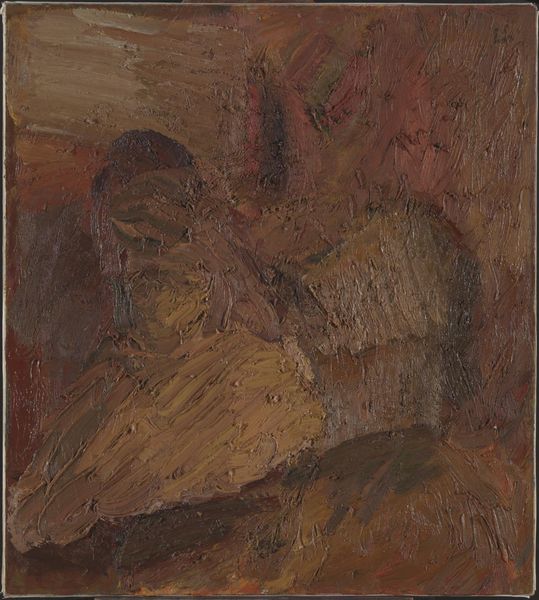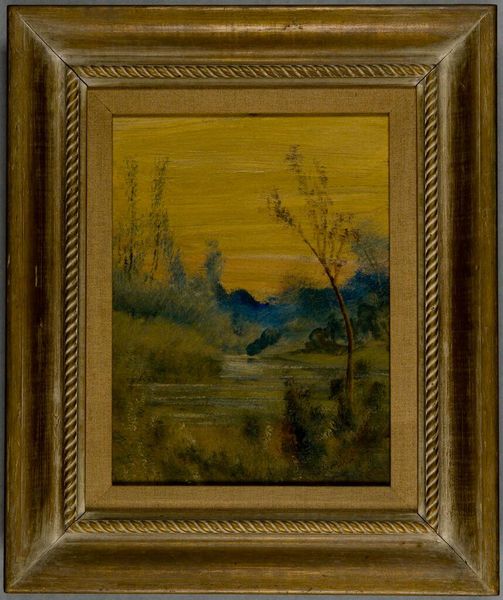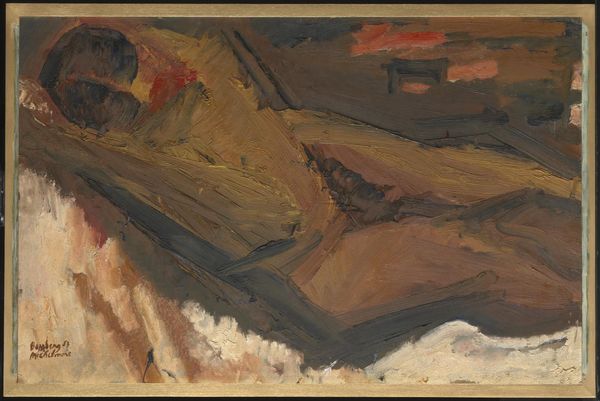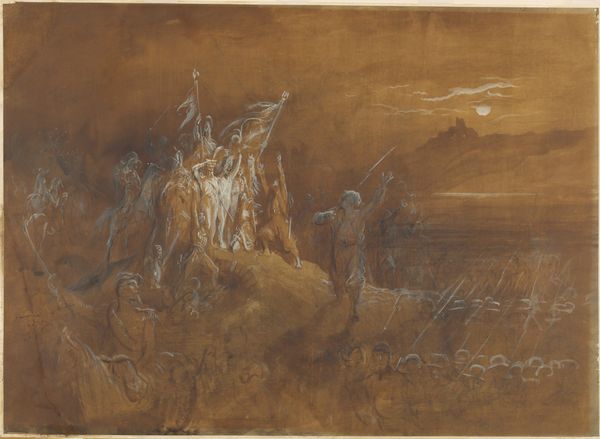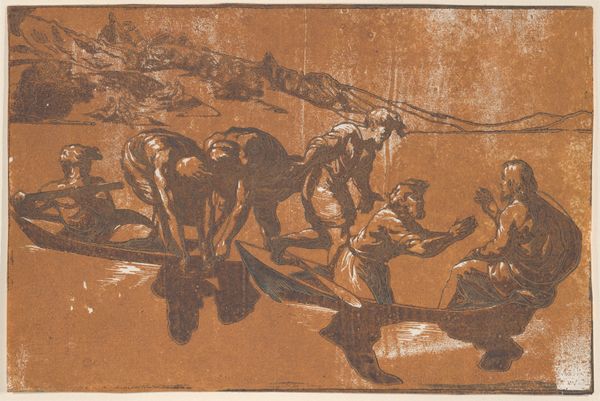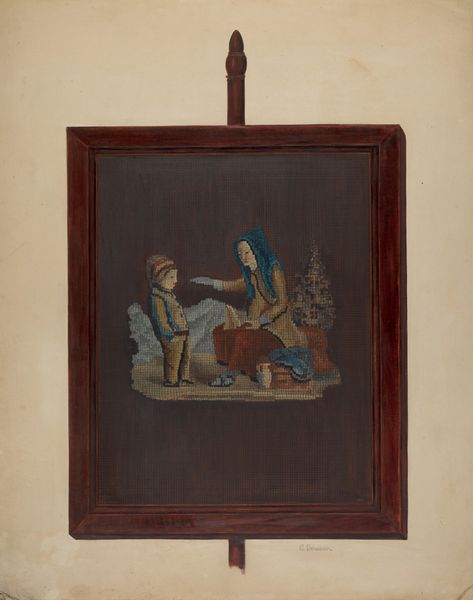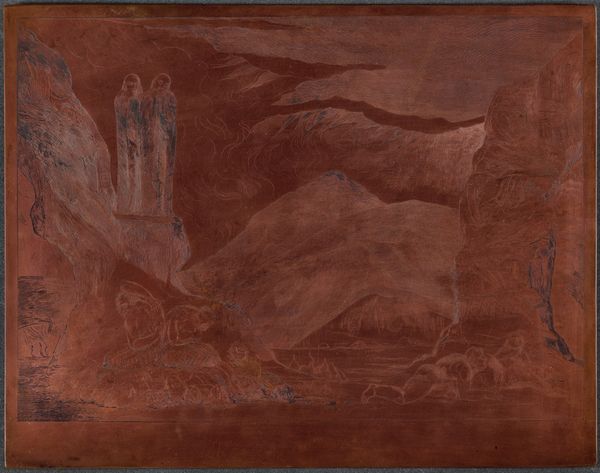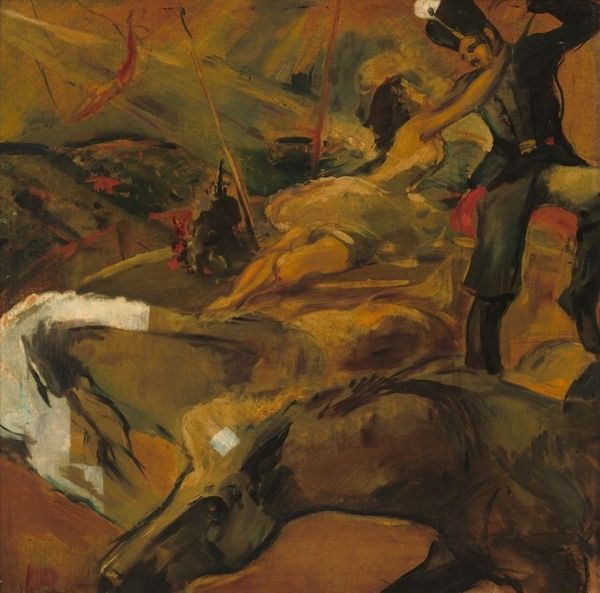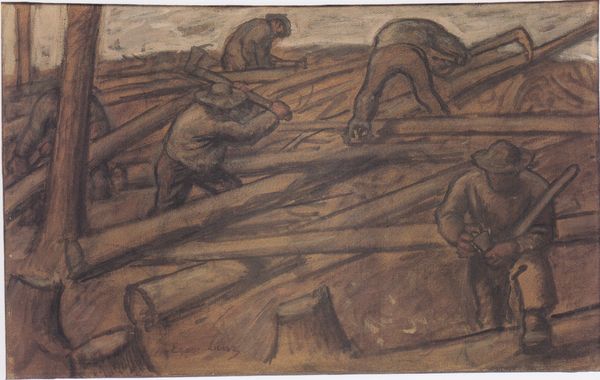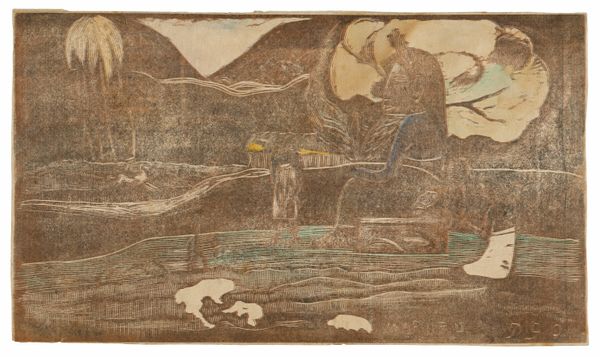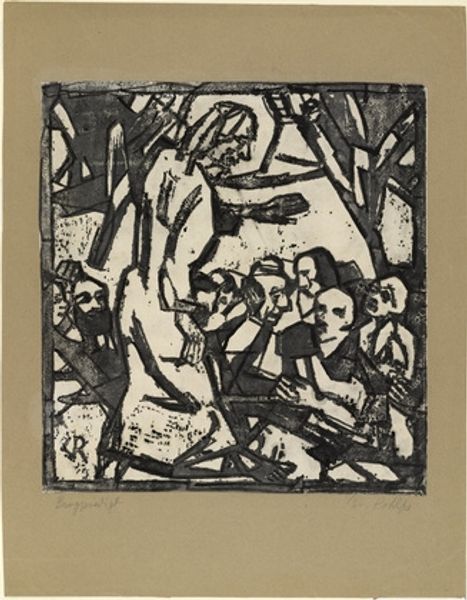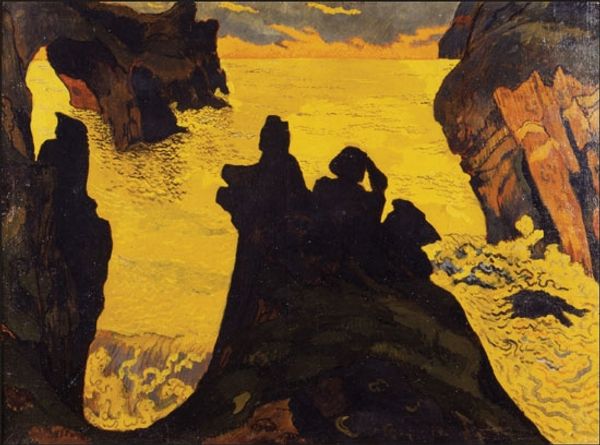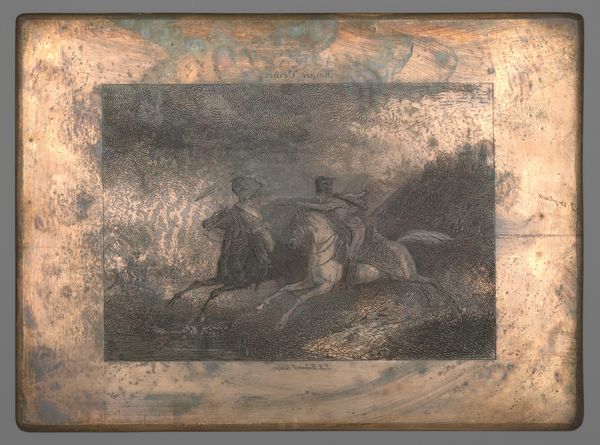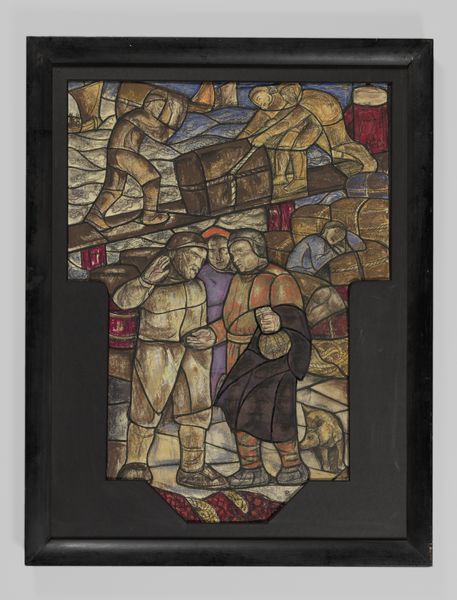
carving, sculpture, wood
#
portrait
#
carving
#
narrative-art
#
landscape
#
figuration
#
oil painting
#
earthy tone
#
sculpture
#
wood
#
genre-painting
#
history-painting
#
decorative-art
#
italian-renaissance
Copyright: Public Domain
Editor: Here we have Francesco Orlandini's "Saint Jerome with a Lion," created around 1547. The medium is wood, which is fascinating, given the level of detail. The patterns and textures created by the wood grain itself give it a really unique feel. What are your initial thoughts on the social implications of this piece being rendered in such a humble material like wood rather than, say, marble? Curator: It’s interesting you focus on the materiality. The choice of wood over a more traditionally valued material like marble absolutely speaks volumes about the art’s intended audience and function. This wasn't necessarily meant for the Medici court; it suggests a different patron, perhaps one closer to civic or religious circles where a message of humility and piety would resonate more strongly. The tactile quality of the wood also invites a different kind of engagement. Do you think that adds to its devotional impact? Editor: Definitely. Wood feels so much more accessible than marble or bronze. The fact that it depicts Saint Jerome, who translated the Bible into the common language of the people, seems to strengthen that link. How do you see this fitting into the broader history of religious art in the Renaissance? Curator: The piece reflects a shift in the public role of art during the Renaissance. Saint Jerome wasn’t just a biblical figure but a scholar, which appealed to humanist values. By portraying him in a relatively domestic setting, surrounded by the landscape and with his lion, the artist democratizes the saint, making him relatable to a wider audience. The landscape itself hints at broader cultural shifts: the rise of landscape painting as a genre, suggesting a new appreciation for the natural world that extended beyond religious symbolism. Is that an aspect you find prominent? Editor: Yes, the landscape creates this sense of a world beyond the immediate scene. The narrative is situated within the human and the natural. Curator: Precisely. So, we see "Saint Jerome with a Lion" as less a straightforward religious icon and more a complex intersection of faith, humanism, and changing artistic values. Editor: I hadn't considered how much the materiality and landscape contribute to its meaning. It really opens my eyes to how choices beyond subject matter influence a piece’s reception and cultural significance. Curator: Indeed. Examining the socio-political factors behind art production enriches our experience and understanding of art's enduring power.
Comments
No comments
Be the first to comment and join the conversation on the ultimate creative platform.
